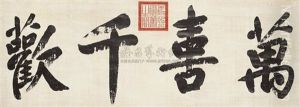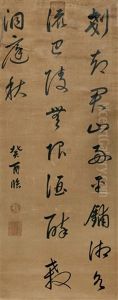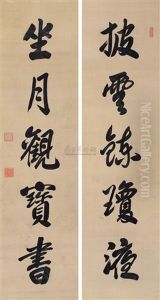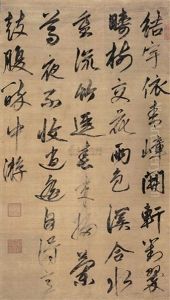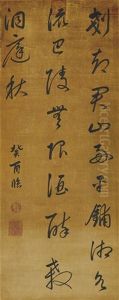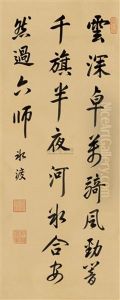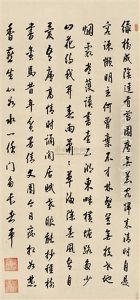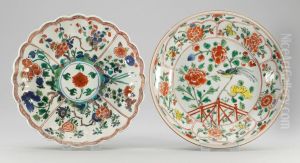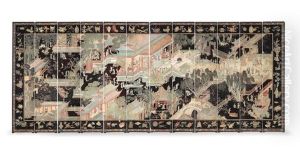Kangxi Paintings
The name 'Kangxi' does not refer to an artist in the conventional sense, but rather to a historic figure who was the fourth emperor of the Qing Dynasty in China. Emperor Kangxi, whose personal name was Aixinjueluo Xuanye, was born on May 4, 1654, and is known for having the longest reign in Chinese history, ruling for 61 years from 1661 to 1722. While Emperor Kangxi himself was not an artist, he was a great patron of the arts and is associated with a significant period of cultural resurgence in China, which included advances in painting, calligraphy, poetry, and porcelain manufacturing.
During Kangxi's reign, the imperial workshops produced some of the finest porcelain ever made, known as 'Kangxi porcelain', which is highly prized by collectors today. The emperor sponsored the compilation of the 'Kangxi Dictionary', a massive lexicographical work that remains an important reference for Chinese characters. He also commissioned the 'Kangxi Emperor’s Southern Inspection Tour', a series of scrolls painted by court artists like Wang Hui, which depict his travels and are considered masterpieces of Chinese scroll painting.
Kangxi was also known for his efforts in consolidating the Manchu rule over China, dealing with internal rebellions, and securing the country's borders against foreign invasions. His interest in Western science and technology, brought to the court by Jesuit missionaries, led to significant cultural exchanges between China and Europe. Although not an artist himself, Kangxi's substantial influence on the arts, his patronage, and the cultural achievements of his reign have left a lasting legacy in the history of Chinese art and culture.
